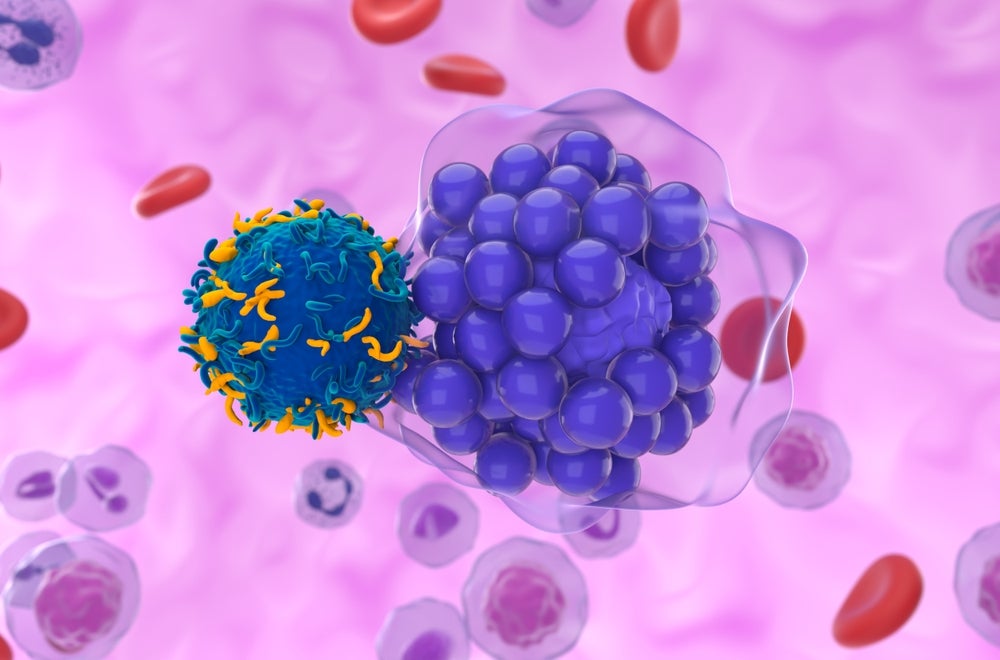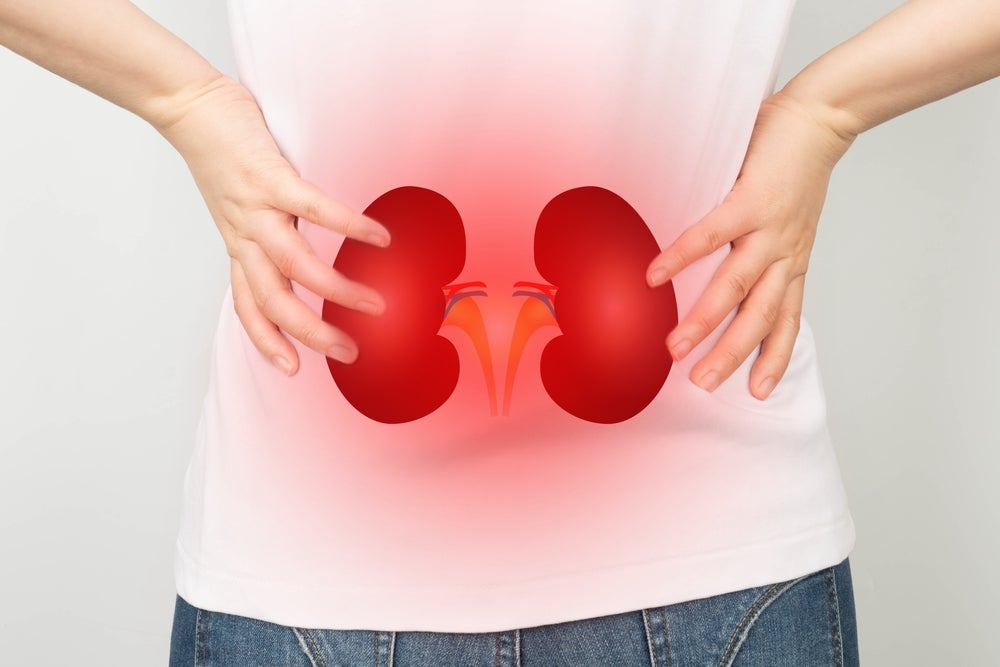Adherence to ADHD Treatment Guidelines in Youth
In recent years, the management of Attention-Deficit/Hyperactivity Disorder (ADHD) in pediatric populations has undergone transformative shifts, influenced by evolving clinical guidelines and a growing understanding of neurodevelopmental trajectories. A groundbreaking study published in Pediatric Research in 2025 by Wen, Ding, Vinturache, and colleagues sheds critical light on the degree to which clinical practice guidelines for […]


In recent years, the management of Attention-Deficit/Hyperactivity Disorder (ADHD) in pediatric populations has undergone transformative shifts, influenced by evolving clinical guidelines and a growing understanding of neurodevelopmental trajectories. A groundbreaking study published in Pediatric Research in 2025 by Wen, Ding, Vinturache, and colleagues sheds critical light on the degree to which clinical practice guidelines for ADHD treatment are implemented in real-world settings among children and adolescents. This investigation is not merely an academic exercise but a pivotal insight into how evidence-based frameworks are translated into therapeutic realities that affect millions of young lives worldwide.
ADHD is a complex neurodevelopmental disorder characterized primarily by inattention, hyperactivity, and impulsivity, symptoms that profoundly impact academic performance, social interactions, and emotional well-being. Clinical practice guidelines, developed through rigorous systematic reviews and meta-analyses, are designed to optimize these children’s outcomes by offering standardized, empirical recommendations for diagnosis, treatment, and follow-up. However, adherence to these guidelines remains varied, influenced by factors such as practitioner knowledge, healthcare infrastructure, cultural variability, and patient-specific considerations.
The comprehensive study by Wen et al. meticulously examines adherence rates to established clinical protocols across diverse clinical settings. Employing an extensive cohort of pediatric patients diagnosed with ADHD, the research uses robust longitudinal data collection methods, encompassing multiple healthcare sites, electronic health records, and practitioner surveys. Such an integrative approach ensures that the findings are not only statistically significant but relatable to heterogeneous healthcare environments ranging from urbanized specialty clinics to rural community practices.
.adsslot_J7tWBlDX5K{ width:728px !important; height:90px !important; }
@media (max-width:1199px) { .adsslot_J7tWBlDX5K{ width:468px !important; height:60px !important; } }
@media (max-width:767px) { .adsslot_J7tWBlDX5K{ width:320px !important; height:50px !important; } }
ADVERTISEMENT
One of the most striking revelations from this research is the persistent gap between evidence-based recommendations and everyday clinical practice. Despite clear guidelines advocating for initial behavioral therapies followed by pharmacological interventions when necessary, the study highlights that a significant subset of children either receive monotherapy without prior behavioral assessment or experience delays in initiating standardized treatments. These discrepancies raise critical questions about systemic barriers, including clinician training deficits, caregiver socioeconomic status, and healthcare access inequities.
Technically, the study delves into the nuances of pharmacological adherence, focusing on stimulant medications such as methylphenidate and amphetamine derivatives, the gold standard treatments for ADHD. Through precise pharmacoepidemiological analysis, Wen and colleagues evaluate dosing adequacy, treatment duration, and periodic evaluation adherence, which are all pivotal parameters outlined in clinical guidelines. Deviations from these protocols were linked to suboptimal symptom control and increased risk of adverse events, underscoring the importance of clinician vigilance and comprehensive patient monitoring.
Moreover, the investigation explores the integration of behavioral therapy modalities, including cognitive-behavioral therapy (CBT), parent training programs, and educational support strategies. These interventions, supported by neurobehavioral research evidence, are pivotal in modulating neural circuits associated with executive function and impulse control in youths with ADHD. The study’s findings indicate that despite their proven efficacy, such psychosocial treatments are underutilized, often due to resource constraints, lack of specialized personnel, or insufficient insurance coverage.
The diagnostic component of ADHD management also comes under scrutiny. Wen et al. analyze the adherence to recommended diagnostic criteria, such as those outlined in the DSM-5, and the role of standardized rating scales. The research draws attention to inconsistencies in diagnostic rigor, often resulting in either overdiagnosis or underdiagnosis, both carrying significant clinical and social ramifications. The study advocates for enhanced training and incorporation of objective diagnostic tools, including computerized attention assessments and neuroimaging biomarkers, to improve diagnostic accuracy.
Importantly, the study addresses disparities in ADHD treatment adherence linked to demographic variables. Children from minority ethnic groups or lower socioeconomic backgrounds were disproportionately less likely to receive guideline-concordant care. This inequity reflects deeper structural challenges within healthcare delivery systems, from language barriers to implicit biases, and demands innovative policies aimed at ensuring equitable access to high-quality ADHD care for all children.
The longitudinal dimension of Wen et al.’s research provides a rare insight into treatment trajectories over critical developmental periods. The authors discuss how adherence to guidelines correlates with long-term outcomes, including academic achievement, social integration, and mental health status in adolescence. This temporal analysis reinforces that early and sustained adherence to clinical practice guidelines is not only a matter of symptom management but a determinant of lifelong psychosocial resilience.
From a neuroscientific perspective, the study contextualizes ADHD management within ongoing advances in understanding the disorder’s pathophysiology. Enhanced adherence to guidelines incorporating multimodal treatments is framed as essential in modulating neuroplasticity and optimizing functional brain networks. The interplay between pharmacological agents and behavioral interventions, as highlighted in the research, exemplifies the translational bridge from laboratory neuroscience to bedside application.
The ramifications of Wen et al.’s study extend into health policy and education sectors. By quantifying adherence gaps, the research provides an evidence base for advocating increased funding for ADHD programs, improved clinician education, and the development of integrated care models that combine pediatric, psychological, and educational expertise. The authors suggest that policy interventions tailored to specific community needs could drastically improve guideline adherence and thus clinical outcomes.
Technological advances also feature prominently in the discussion. The utilization of health informatics tools to enhance monitoring and feedback loops between clinicians, patients, and caregivers is posited as a promising avenue. Digital platforms enabling real-time symptom tracking, medication adherence monitoring, and telehealth behavioral therapies may transform the adherence landscape, making guideline-concordant care more accessible and dynamic.
In the context of viral dissemination, the study’s outcomes resonate with a broader public health narrative: the imperative to translate clinical science into accessible, actionable care frameworks. ADHD is not merely a medical condition but a societal challenge, influencing education systems, family dynamics, and long-term workforce productivity. Thus, raising awareness about the importance of adherence to clinical guidelines—anchored in rigorous scientific evidence—captures public attention and drives systemic change.
Finally, Wen et al. emphasize future research directions, including the quest to individualize ADHD treatment through precision medicine approaches. Genetic, epigenetic, and environmental factors influencing treatment response are areas of burgeoning interest that could further refine guideline development and adherence, minimizing therapeutic trial-and-error and optimizing childhood developmental trajectories.
In summary, this landmark study offers a detailed and data-rich panorama of the current landscape of ADHD treatment adherence among children and adolescents. It highlights critical gaps, systemic challenges, and potential avenues for improvement anchored in science, technology, and policy reform. As ADHD continues to affect millions globally, such research is instrumental in bridging the chasm between clinical knowledge and effective, equitable patient care, ultimately shaping a healthier future for younger generations living with this complex disorder.
Subject of Research: Adherence to clinical practice guidelines for treatment of attention-deficit/hyperactivity disorder among children and adolescents.
Article Title: Adherence to clinical practice guideline for attention-deficit/hyperactivity disorder treatment among children and adolescents.
Article References:
Wen, C., Ding, G., Vinturache, A. et al. Adherence to clinical practice guideline for attention-deficit/hyperactivity disorder treatment among children and adolescents. Pediatr Res (2025). https://doi.org/10.1038/s41390-025-04197-5
Image Credits: AI Generated
Tags: academic impact of ADHDADHD diagnosis and follow-up protocolsADHD treatment adherence in youthclinical practice guidelines for ADHDcultural effects on ADHD treatmentemotional well-being in ADHD patientsevidence-based ADHD interventionsfactors influencing ADHD treatment compliancehealthcare infrastructure and ADHDlongitudinal studies in ADHD researchneurodevelopmental disorder treatmentpediatric ADHD management
What's Your Reaction?

































